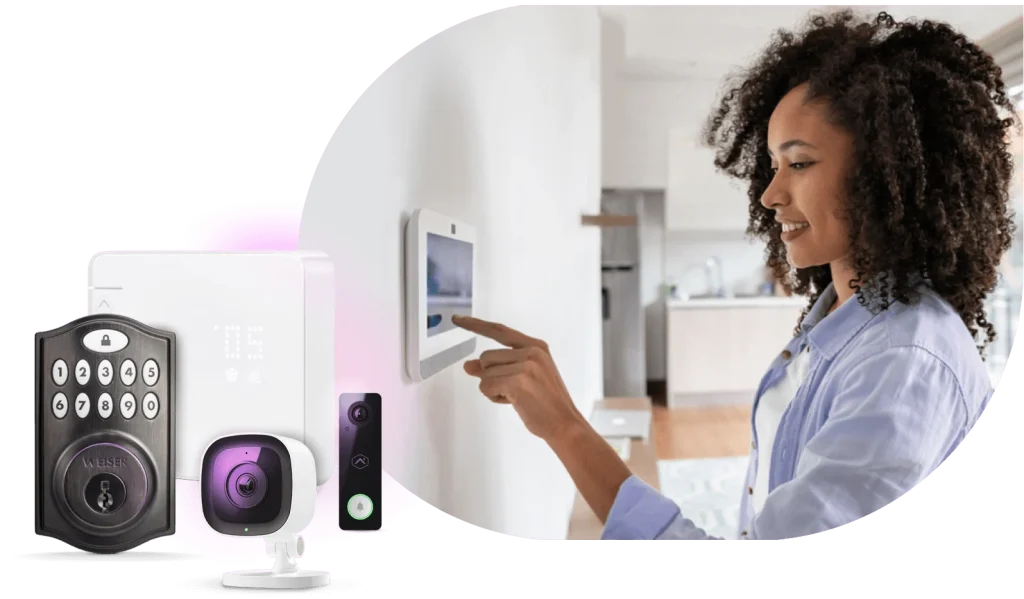Home Cybersecurity: Fortifying Your Digital Castle in the Age of Smart Devices

Your home is your castle. You lock the doors at night, maybe even have an alarm system. But what about the digital doors? The ones you can’t see? With smart speakers, Wi-Fi cameras, and even internet-connected lightbulbs, our homes are more convenient than ever. They’re also, frankly, more vulnerable.
Think of your home network as the central nervous system of your modern household. Every connected device is a neuron, sending and receiving information. Now, imagine if a foreign agent could tap into that system. They could listen through your camera, see what you’re typing, or even lock you out of your own thermostat. It sounds like sci-fi, but it’s a very real, very modern problem.
Here’s the deal: securing your connected household isn’t about being paranoid. It’s about being smart. Let’s dive into how you can build a robust home cybersecurity posture without needing a degree in computer science.
The Unseen Risks: Why Your Smart Toaster is a Security Threat
It might seem silly to worry about a toaster, but any device connected to your network is a potential entry point for a cybercriminal. These Internet of Things (IoT) devices are often built for convenience and cost, not security. They’re the weak link—the slightly open window in your otherwise secure fortress.
Common risks include:
- Weak Default Passwords: Many devices come with easy-to-guess default logins like “admin/admin” that users never change.
- Lack of Regular Updates: Unlike your phone or laptop, IoT devices often don’t automatically update, leaving known security holes wide open.
- Unencrypted Data: Some cheaper devices send your data across the internet in plain text, like sending a postcard instead of a sealed letter.
- Spying and Eavesdropping: Compromised cameras or microphones can turn your gadgets into surveillance tools for someone else.
Your Home Cybersecurity Action Plan
Okay, enough with the scary stuff. Let’s get practical. Building a secure smart home is a process, not a one-time event. You can start with these foundational steps.
1. Fortify Your Front Door: The Router
Your router is the gateway to your home. Everything flows through it. So, it’s the first and most important line of defense.
Change the Default Login: The first thing you should do is change the administrator username and password for your router’s settings. Those factory defaults are public knowledge.
Enable Strong Encryption: Make sure your Wi-Fi is using WPA2 or, even better, WPA3 encryption. It’s like putting a complex, un-pickable lock on your network.
Update the Firmware: Router manufacturers release updates to patch security flaws. Check for these updates regularly or, if available, turn on automatic updates.
2. Practice Smart Device Hygiene
Every new device you bring home needs a quick security checkup. It’s like washing your hands—a simple habit that prevents a world of trouble.
First, research before you buy. A few minutes spent reading reviews about a device’s security features can save you a major headache later. Look for brands with a good track record of issuing updates.
Second, and this is a big one, change every default password immediately. Create a strong, unique password for the device itself and for the account you use to manage it. A password manager is your best friend here.
Third, disable features you don’t use. Does your smart TV really need microphone access? Probably not. Turn it off. Reduce your “attack surface.”
3. Segment Your Network: The Digital Guest House
This sounds technical, but it’s a powerful and surprisingly simple concept. Most modern routers allow you to create a separate Wi-Fi network, often called a “Guest Network.”
Well, you should use it for all your IoT devices. Think of it this way: you wouldn’t let a stranger sleep in your bedroom. You’d put them in the guest room. By putting your smart plugs, cameras, and voice assistants on a separate network, you isolate them. If one gets compromised, the hacker can’t jump over to your main network where your laptops, phones, and sensitive data live.
Advanced Maneuvers for the Security-Conscious
Once you’ve got the basics down, you can level up your home cybersecurity game. These steps add extra layers of protection.
Multi-Factor Authentication (MFA): Turn this on for every account and device that offers it. It means that even if someone steals your password, they’d need a second piece of information—like a code sent to your phone—to get in. It’s a game-changer.
Regular Digital Spring Cleaning: Go through your connected apps and devices every few months. Delete old devices you no longer use. They’re just idle vulnerabilities. Review app permissions and revoke access for anything that seems unnecessary.
Honestly, the goal isn’t to build an impenetrable fortress that’s a pain to live in. It’s about creating smart, layered defenses that let you enjoy the convenience of technology without the constant, low-grade anxiety. It’s about taking back control.
A Final Thought: Security as a Habit
Home cybersecurity isn’t a product you buy and forget. It’s an ongoing practice, a mindset. It’s the digital equivalent of checking your smoke detector batteries or looking both ways before you cross the street. Small, consistent actions build up to create a truly resilient home.
Your digital castle is worth defending. And now, you have the blueprint.



